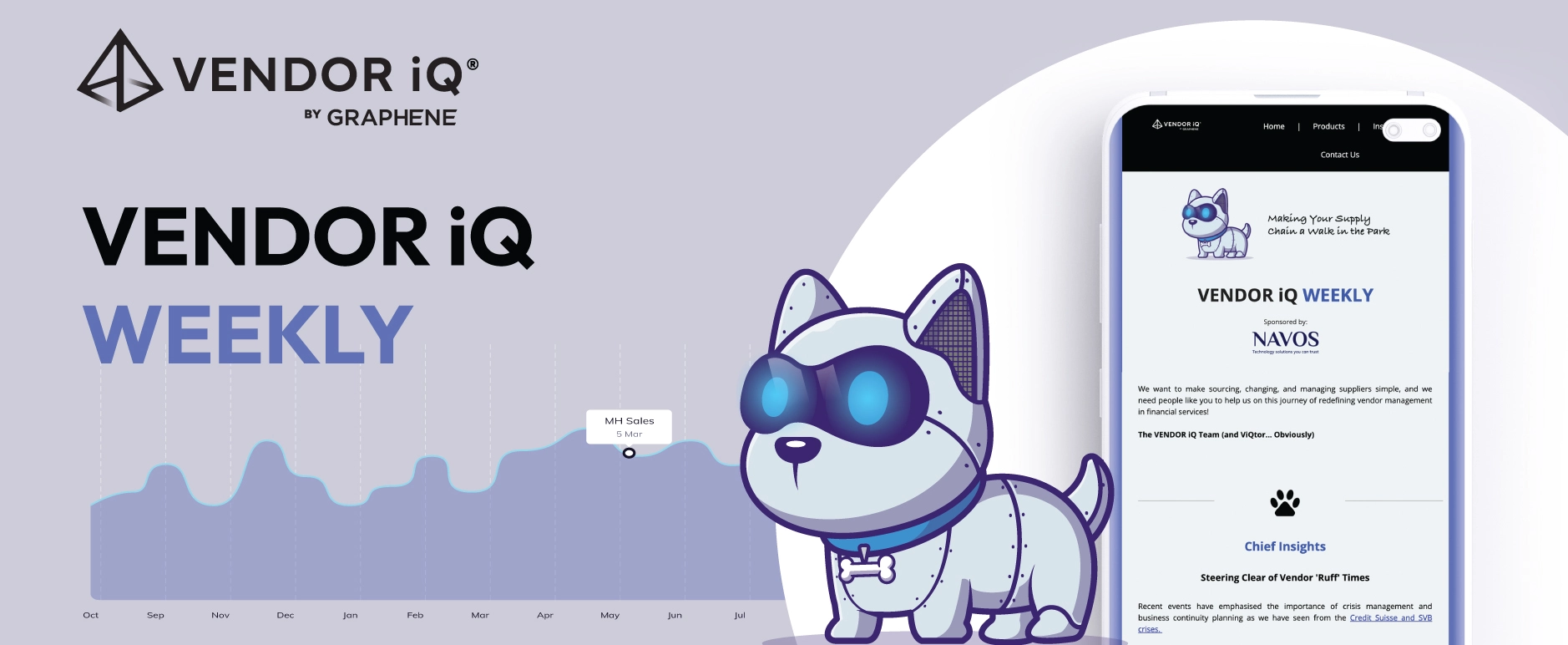Discover the crucial steps to successfully onboard new vendors as a wealth manager.
Wealth managers often rely on third-party vendors to provide technology and services that support their business operations. However, selecting the right vendor and successfully onboarding them can be a daunting task. This article outlines the essential steps that wealth managers must follow to onboard a new vendor successfully.
Define Your Business Needs and Goals
The first step in onboarding a new vendor is to define your business needs and goals. You must identify the services and technology that you require and determine how they align with your business objectives. This step will help you narrow down the list of potential vendors and ensure that you select the right one for your business.
Conduct a Vendor Selection Process
Once you have defined your business needs and goals, you can begin the vendor selection process. This step involves identifying potential vendors, evaluating their offerings, and comparing them against your business requirements. You should consider factors such as vendor experience, existing use cases, reputation, cost vs value, and the ability to meet your service level requirements. This step is critical, creating your business case and understanding the immediate and ongoing ROI of partnering with a new vendor is key for your business, shareholders and regulatory obligations.
Complete a Vendor Risk Assessment and Due Diligence
Before selecting a vendor, it is important to complete a vendor risk assessment and due diligence process. This step involves evaluating the vendor’s propositional fit, security, financial stability, and regulatory compliance. It is also important to review the vendor’s operating procedures in addition to key policies such as privacy and data protection to ensure that they align with your business requirements.
Develop a Contract and Service Level Agreement (SLA)
After you have selected a vendor, the next step is to develop a contract and service level agreement (SLA). This step involves outlining the terms and conditions of the agreement, including the scope of services, pricing, performance metrics, and dispute resolution processes. A well-written contract and SLA will ensure that both parties understand their obligations and help prevent disputes from arising. Benchmarking this against the market and your business requirements is the key to both parties functioning properly over the long term. Don’t forget, SLAs are for you as much as they are the vendors!
Test and Validate the Vendor’s Offering
Before signing terms for the vendor’s offering, you must test and validate their services and technology. This step involves conducting like for like testing through workshops and demonstrations of both the technology and operational processes to ensure that the vendor’s offering meets your business requirements and performs as expected. This is often where expectations can be mismanaged so ensure your analysis is documented clearly.
Commercial Negotiation
Approach negotiations with a focus on creating a mutually beneficial partnership. Establish a clear understanding of both your expectations and those of the vendor. Consider factors such as pricing, service levels, contract length, and the flexibility of the agreement against what the market is paying through benchmarking and fully reviewing the market. A well-negotiated contract, grounded in mutual respect and clear communication, will serve as a strong foundation for a successful long-term relationship.
Implement the Vendor’s Offering
After completing the pilot testing and due diligence, and agreeing commercials, you can implement the vendor’s offering. This step involves integrating the vendor’s technology and services with your existing systems and processes. You should also train your staff on how to use the new technology and services and ensure that they understand their roles and responsibilities.
Monitor and Manage the Vendor Relationships
The final step in onboarding a new vendor is to monitor and manage the vendor relationship. This step involves regularly monitoring the vendor’s performance against the SLA and addressing any issues that arise promptly. You should also conduct periodic vendor reviews to evaluate their performance, identify areas for improvement, and ensure that they continue to meet your business requirements.
Consider an Exit Strategy or Backup Plan
It is essential to consider an exit strategy or backup plan in case the vendor relationship does not go as planned. This step involves identifying potential issues that could arise and developing contingency plans to mitigate them. You should also have a plan in place to transition to a new vendor if necessary.
In conclusion, successfully onboarding a new vendor requires a commitment of time through planning, evaluation, and implementation. By following these essential steps, wealth managers can select the right vendor, complete a vendor risk assessment and due diligence process, develop a well-written contract and SLA, test and validate the vendor’s offering, implement the vendor’s technology and services, monitor and manage the vendor relationship, and consider an exit strategy or backup plan.
VENDOR iQ simplifies this process through our market leading vendor intelligence platform, a one stop for wealth managers looking to 10x their buying and supplier management processes.





